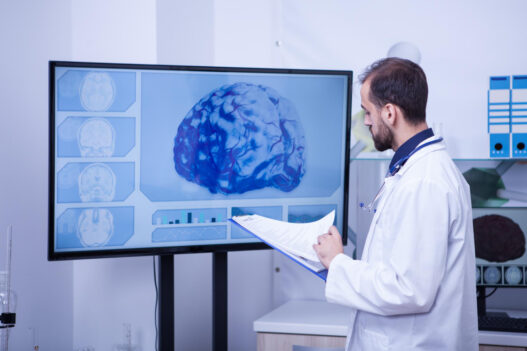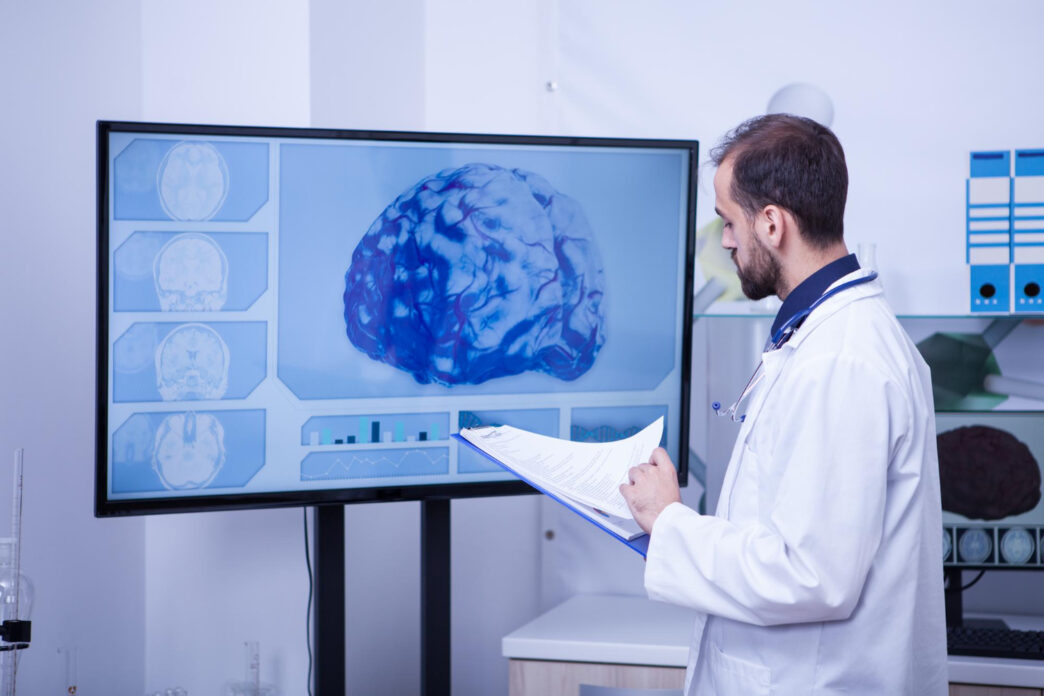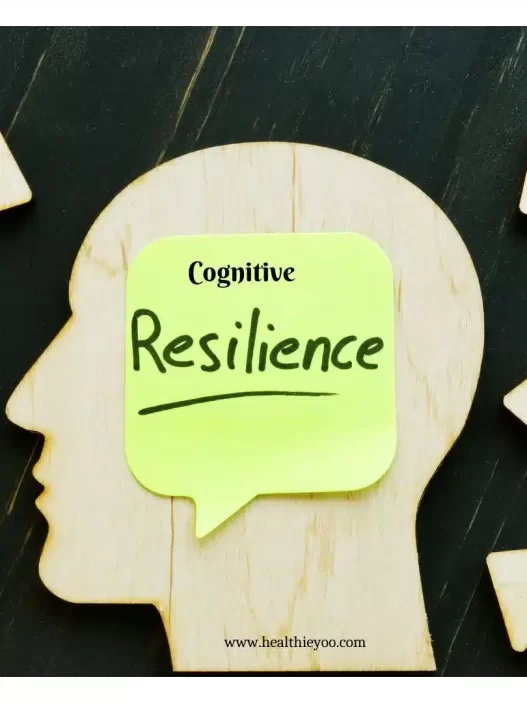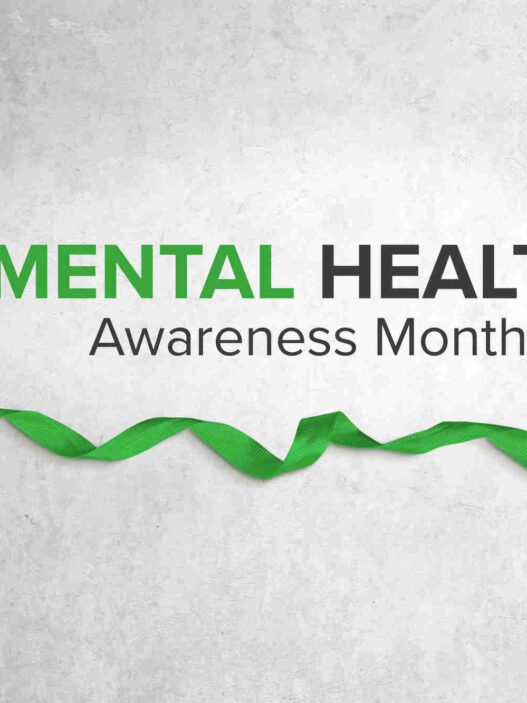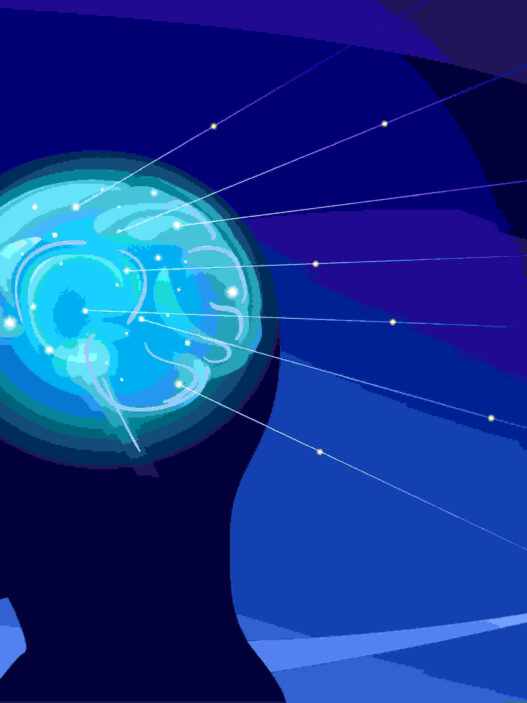Brain mapping has become an increasingly popular treatment for mental health disorders. But what is it exactly? How does brain mapping therapy work? How can it be used to help treat mental health issues? Is brain mapping safe? And will it lead to real-world benefits? Let’s explore the history of brain mapping and its application to various mental health conditions. We’ll look at how brain mapping is related to neurofeedback therapy and the science behind these treatment techniques.
What is Brain Mapping?
Brain mapping is an innovative, non-invasive approach to understanding the brain. It involves using of sophisticated technology called a quantitative electroencephalogram (qEEG) to build a detailed understanding of the electrical activities in a person’s brain.
During a brain mapping therapy session, numerous sensors are placed on the scalp to record brainwave activity in those regions. This data is recorded in real-time and processed through FDA-approved databases, in which the brain map is compared to “normal” results to identify any abnormal areas of electrical activity. These abnormalities may be linked to specific symptoms of mental health conditions and will need to be addressed through neurofeedback therapy.
Brain mapping can be used as a diagnostic tool when evaluating mental disorders such as depression, anxiety, bipolar disorder, OCD, PTSD, and many others. This technique allows clinicians to pinpoint brain areas where electrical impulses are under or overactive. In this way, medical professionals can create individualized treatment plans to target specific brain areas to restore balance in their electrical activities and improve quality of life.
The History of Brain Mapping Therapy
While qEEG brain imaging is relatively new, it has a long history that can be traced back to the 1800s when Paul Broca made groundbreaking discoveries about the relationship between the brain and language and his observations of stroke victims with speech center damage.
This discovery was revolutionary and inspired new research in human psychology and behavior. Over time, new technologies have been developed for brain imaging, such as positron emission tomography (PET) and functional magnetic resonance imaging (fMRI).
Fast forward to today, and you’ll see that brain mapping continues to evolve and be used to assess and treat mental illness. For nearly two decades, hospitals around the world have been using qEEG technology to gain a better understanding of their patient’s needs. These adoptions have helped them find ways to greatly improve their patient’s quality of life.
The Role of Neurofeedback Therapy in Treating Mental Health Conditions
Neurofeedback therapy is a non-invasive treatment that uses brain imaging technology to address mental health issues. Once the initial qEEG of your brain is taken, your doctor can create a customized neurofeedback treatment plan to address your mental health needs and goals (e.g., improved symptoms, decreased arousal, etc.).
Neurofeedback uses the same qEEG technology to monitor electrical activity in brain regions in real time. You’ll then work through mental exercises or poses designed by your neurofeedback therapist. When your brain wave activity is optimized, you’ll get positive energy as a reward. However, if your brainwave activity falls outside of those areas, you’ll experience negative energy, and the rewards will be taken away from you.
Through this repetitive process, patients learn to manage their symptoms and rebalance the state of mind. And because the data is processed in real-time, neurofeedback professionals can adjust your neurofeedback treatment plan to improve the outcome of your treatment
Neurofeedback therapy is a safe, non-invasive, and effective method for individuals dealing with mental illness. This gives us insight into their situation and improves their lives. It is a powerful tool that can help restore mental balance and reduce the symptoms of mental illness. By achieving better control of brain activity, patients can gain long-term control over their condition.
Treat Anxiety Disorders
If you’ve an anxiety disorder, neurofeedback therapy offers a powerful way to manage symptoms. It can effectively reduce the side effects associated with anxiety.
It has been shown to reduce the severity and frequency of anxiety symptoms such as panic attacks, intrusive thoughts, and physiological stress Furthermore, qEEG brain imaging technology can also provide insights into the deeper underlying causes of anxiety.
Alleviate Depression Symptoms
You know that depression is a widespread but often misunderstood mental disorder that can significantly affect a person’s quality of life. The good news is that there is hope because depression can be effectively managed with a combination of therapy, medication, and lifestyle changes. While talk therapy is commonly used, there’s this cool thing called neurofeedback that’s gaining popularity as a powerful treatment for depression.
As mentioned earlier, neurofeedback therapy has some very surprising benefits for people dealing with depression. It has been shown to improve mood and reduce that feeling of hopelessness and helplessness that often leads to depression. Now, everyone is different, so results can vary, but most people start to feel better after only 8-12 sessions or sooner!
Treat Bipolar Disorder
This mental health condition can be very difficult—it involves this alternating period of anxiety and depression. But there is good news! Neurofeedback helps by helping to regulate mood and behavior. It’s like a great power! By learning to control their own brainwaves, patients can make a real difference in managing the symptoms of bipolar disorder. Those manic episodes and those negative thoughts can be controlled with the power of neurofeedback!
Neurofeedback has also been found to be effective in helping stabilize mood disorders associated with bipolar disorder. With regular neurofeedback, patients can begin to identify patterns in their thoughts and feelings that can change their thinking
Improve Symptoms and Triggers of PTSD
Post-traumatic stress disorder (PTSD) and depression can significantly impact a person’s mental health. Symptoms associated with traumatic PTSD can stimulate the sympathetic nervous system, triggering the body’s natural “fight or flight” responses. This accustoms the brain to constant stimulation.
While neurofeedback may not be an overnight cure for PTSD and depression, it can provide significant relief in the short term. This treatment is effective for improving symptoms associated with PTSD and depression and can help individuals identify triggers before they feel overwhelmed by their symptoms.
Is Brain Mapping Therapy Safe?
Definitely! Brain imaging is completely safe and non-invasive. Indeed, many clinicians will develop brain imaging and neurofeedback therapy programs to supplement existing talk therapy programs or to supplement prescriptions. This way you can get the most out of your treatments and find a sustainable path to better mental health.
How Quickly Does Neurofeedback Work?
The results of neurofeedback therapy can vary for each individual. Some may improve almost immediately after seeing the first session, while others may need multiple brain training sessions to see results. Besides, studies have shown that most patients begin to see positive changes after 8-12 sessions.
Optimize Your Mental Health with a Brain Map
Brain imaging is a promising tool for understanding and treating mental illness. By identifying specific brain wave activity patterns, individuals can receive personalized neurofeedback treatments targeted to their specific needs.
As research in this area continues to evolve, brain imaging is likely to become more advanced and effective in the treatment of mental illness. However, it is important to note that brain imaging works well as a complementary tool to other therapies and treatments.
This unique treatment has the potential to improve outcomes and quality of life for individuals with mental illness. If you’re struggling with mental health, it may be time to get a qEEG brain imaging and explore the benefits of neurofeedback therapy.

Nellia Melnyk is a researcher, and content creator who has a keen interest in neuroscience and psychology. She has developed an impressive collection of articles and blog posts focused on improving cognitive function, overcoming mental health issues, and enhancing overall brain health. Nellia is committed to helping individuals harness the power of their brains and live their best lives.
